A few days ago, Del Dryden and I had the following email exchange:
Me: And if you’re looking for another great one, try Jo Goodman’s Marry Me. Heroine has spent her life as a boy and is pregnant and gender-confused.
Del: Oh holy god sign me up for the gender-confused pregnant heroine. I’ll put it on the TBR.
If I’d asked Del wh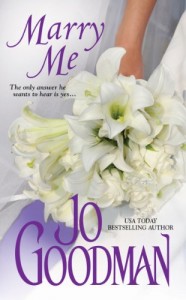 y that particular story resonated for her, she’d probably be able to explain it (and I’m guessing it’s not because she was a pregnant boy earlier in her life, although because I know her only online, I haven’t ruled that out). She might say gender confusion is interesting, or sexy, or that she just enjoys stories with pregnant heroines. Or she might just say that she loves “weird stuff like that.” And all those explanations would be totally true.
y that particular story resonated for her, she’d probably be able to explain it (and I’m guessing it’s not because she was a pregnant boy earlier in her life, although because I know her only online, I haven’t ruled that out). She might say gender confusion is interesting, or sexy, or that she just enjoys stories with pregnant heroines. Or she might just say that she loves “weird stuff like that.” And all those explanations would be totally true.
Beyond all that vague personal stuff, though, there’s a reason we Wonk-o-mantics are crazy about the wounded, the wacked, and the weird. And that reason lies at the heart of story theory. In other words, we don’t love wonk-o-mance because we’re perverse (though most of us would happily confess we are, and also perverted)—we love it because it’s actually the epitome of what romance can and should be. That doesn’t mean we want every romance to be wonky, but we believe you can learn a ton about writing a romance from reading (and writing) the wonky.
I’m grotesquely paraphrasing story theorists like Michael Hauge and John Truby here, but the most basic form of a love story is:
Two wounded people, who have donned masks to protect their true selves from being seen by the outside world, meet and discover that in each other’s presences they are able to unmask themselves and live as their true selves.
To put it more simply, the hero is the ONLY guy who can see behind the heroine’s mask, and the heroine is the ONLY woman who can see behind the hero’s mask.
The mask doesn’t only hide the wound—it hides the whole wounded person. But the mask is there because of the wound. So the mask is necessary to the extent the wound is real, and deep (and believable). And the unmasking is painful to the extent the wound is real, and deep (and believable). And in order for us to believe that one, and only one, person can remove the mask and see the wounded person in all his/her glory, the wound has to be real, and deep (and believable). And—even more to the point—the wound has to be unusual. If it were commonplace, then just about anyone would be able to see through the mask. (We’ve all read romances where the wound (which we sometimes call the internal conflict) is so shallow or so clichéd that it’s impossible for us to care.)
So in some sense, the deeper and weirder the wound, the more real the story feels. The deeper and weirder the wound, the more we identify, not so much with the hero or the heroine alone, but with the hero and heroine as a cosmically good pairing.
Now, of course, the genre has other constraints, and story theory makes other demands on the story. Romance requires a happily-ever-after ending, so the wound can’t be so deep or so weird that an HEA is impossible. And good story requires sympathetic characters—characters we can see ourselves in, characters who have never done something so totally unredeemable that we can’t possibly forgive and love them.
The very best heroes and heroines, then, are as deeply and as weirdly wounded as you can make them, without stepping outside the genre’s and the story’s other constraints. And when a writer walks that line—even if, or perhaps because, she steps over it—you get Wonk-o-mance. And, if you’re anything like me and Del and the rest of us, you, well, just love it.




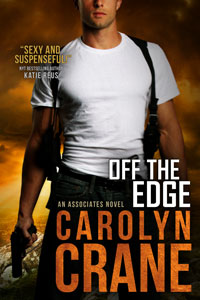
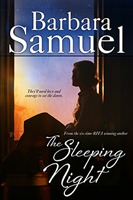
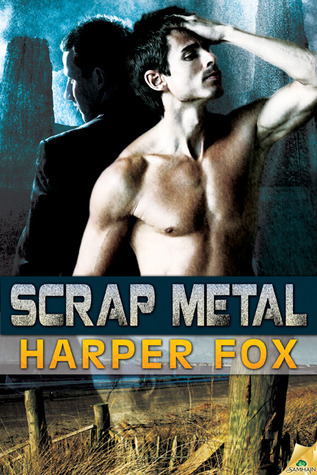
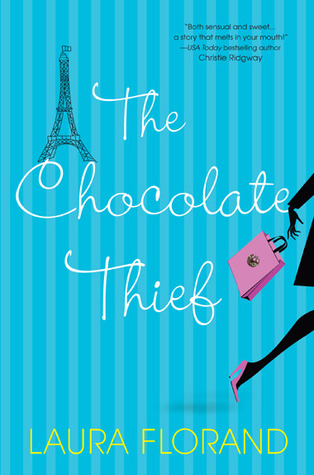
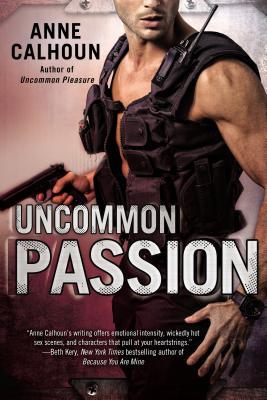
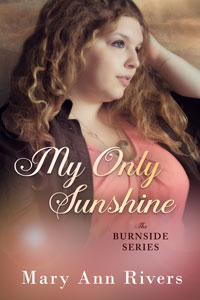
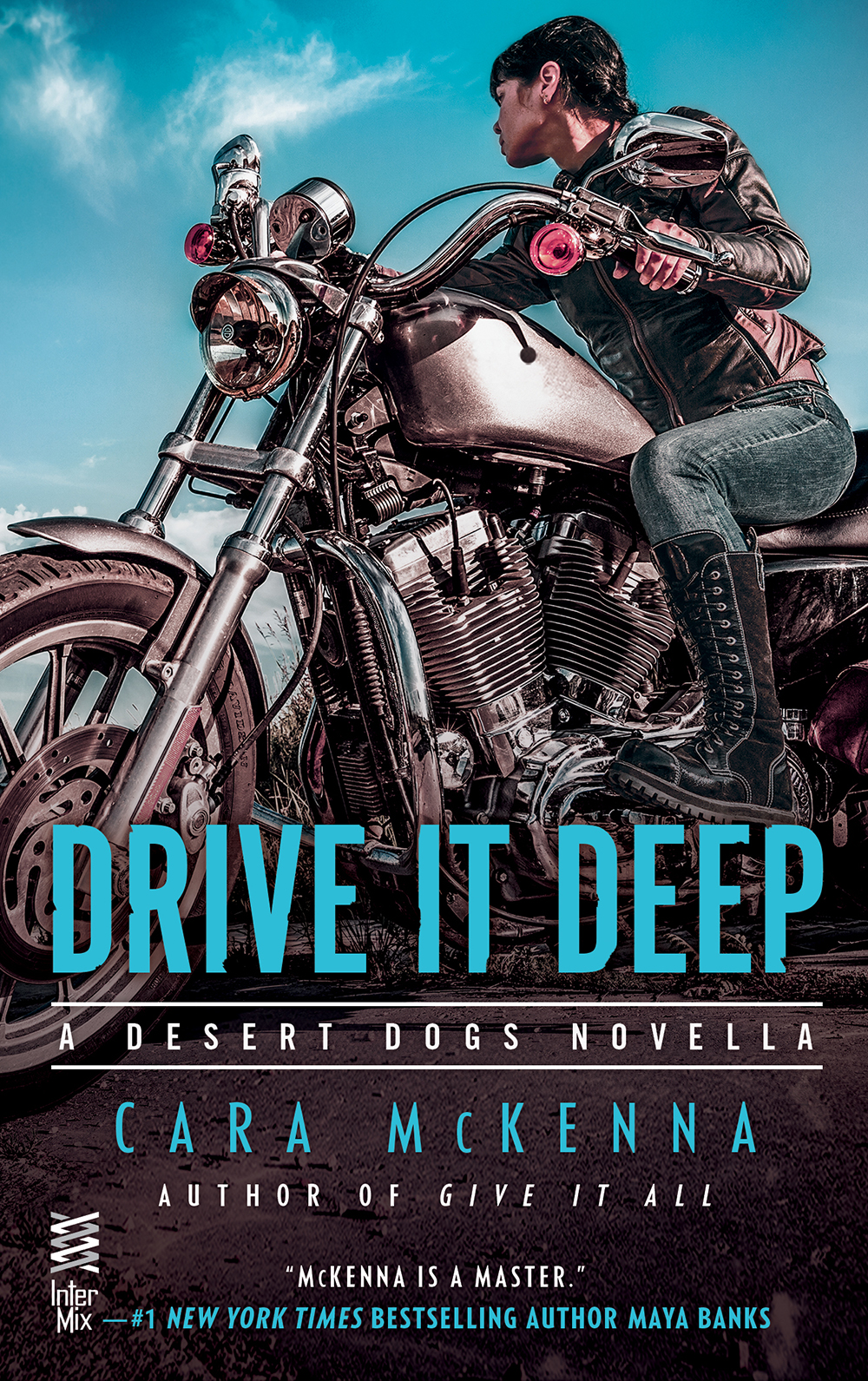
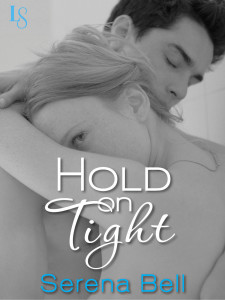
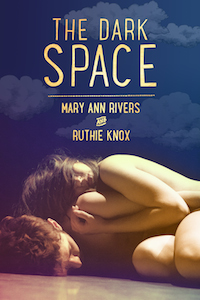
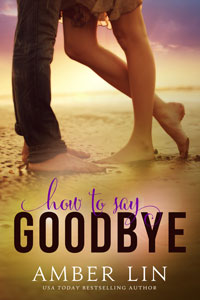
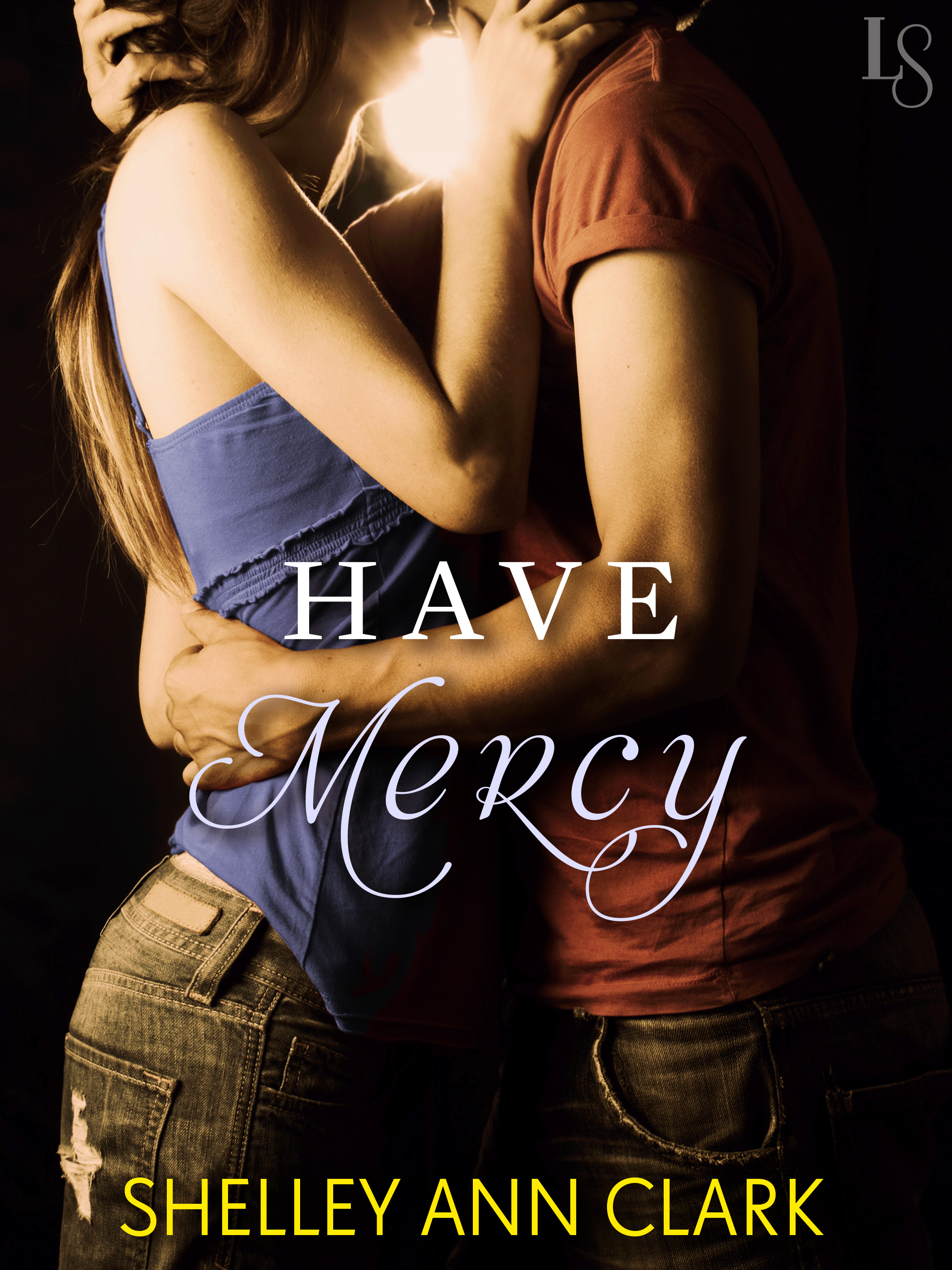
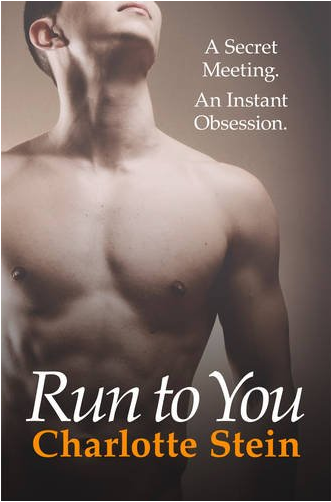
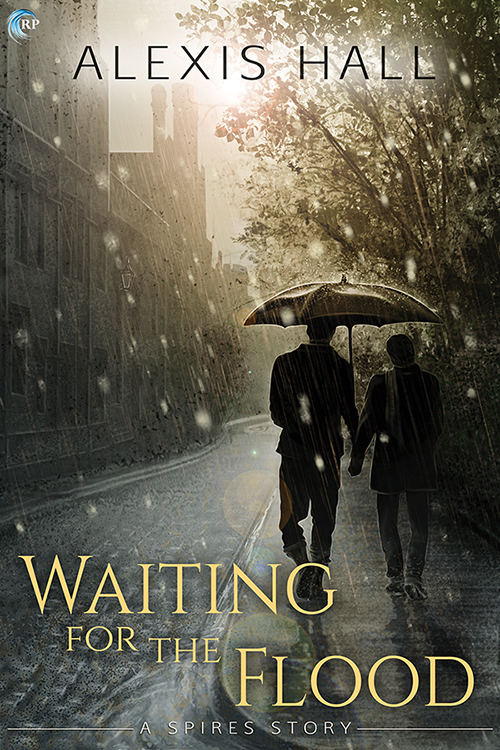
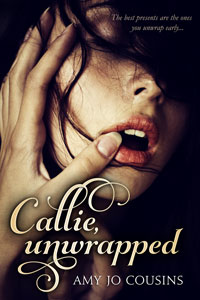
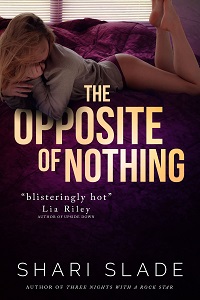
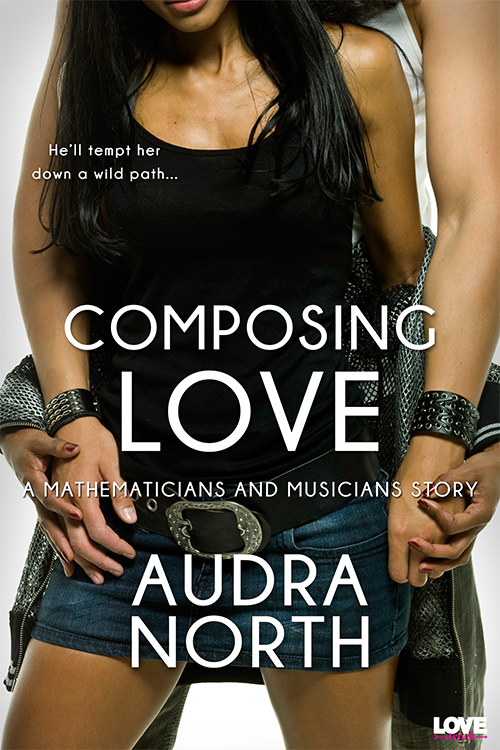
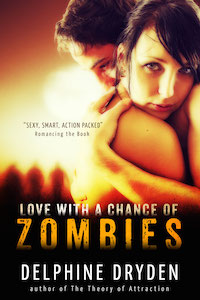
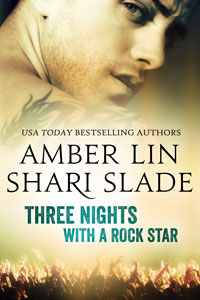
“The very best heroes and heroines, then, are as deeply and as weirdly wounded as you can make them” — I think this is a great observation, and probably true most of the time. Now if only I could remember it while planning my books! I’m always reminding myself to make my characters put on the crazypants and wear them proudly, but they so often refuse. Stupid characters.
You and me both, sister. Was thinking this morning in the pool (which is surprisingly hard to do–I almost inhaled water) about how to get my poor heroine to wear her crazypants, as you put it. She’s sort of lamely half-wounded at this point.
There’s something very comforting about a wounded character being truly seen and loved. After all, we all have our own wounds/flaws/vulnerabilities. If they can get a HEA there’s hope for us. Also, it can be/is comforting that there’s a character that’s worse off (more wounded/flawed/vulnerable) than we are; because they aren’t real – no matter how we may react to them in the story – there can be no guilt for that comfort, so wonky is doubly therapeutic! :)
Definitely. I think it was Michael Hauge who said in one of his long sessions at RWA Nat’l 2011 that the scene that makes this metaphor literal is the one in Avatar where the heroine puts the oxygen mask on the hero and tells him she sees him. It’s so moving because it’s operating at both levels–she recognizes him even though he’s not in the body he’s supposed to occupy, and she SEES him, the real, wounded, imperfect, screwed up him, and loves him anyway. And, well, just to complete the explicitness of the metaphor, there’s a real mask, too. :-)
Love this post and the reference to Hauge’s wound bit. Spot on.
“Romance requires a happily-ever-after ending, so the wound can’t be so deep or so weird that an HEA is impossible.”
Sigh. You’re right, but sigh all the same. Well, if there’s one thing we accomplish with this whole Wonkomance deal is let’s find that line, the one where the wound is too deep or too weird for a happy ending. And then nudge it.
When I started writing romance, I’d read maybe fifty books in the genre, and I didn’t yet understand how important the “soft” constraints of the genre were. Meaning, yeah, there aren’t very many hard constraints. Any hero, any heroine, a happy ending. And really, shouldn’t you be able to wrest a happy ending out of just about any situation? But then there are all these other genre-expectation constraints, having to do with what typical readers want to read. I find those much harder to deal with. I love wonkomance because it’s a reminder that sometimes books defy those soft expectations and still get embraced by romance readers. So yeah, I am *so* in favor of pushing the boundaries of the genre absolutely as far as the genre will let us. And then, um, a little tiny bit further? :-)
Theresa Weir’s comment on my Amazon Lily review yesterday reminded me — in a very good way — that readers are often the ones who prove to publishers that they want to see the boundaries pushed. It totally reassured me that sometimes it really is just a matter of writing the book you want to read, and then finding those other people who want to read it, too. Like, say, the Wonkomantics.
*nudge nudge*
“The deeper and weirder the wound, the more we identify…”
I wish I would’ve known this bit of info 3 years ago when I created my first heroine. I accomplished it with my hero, but totally Mary-Sue’d my chick. Although Ruthie helped me rough her up a bit to hopefully help the reader identify with her more, it would’ve taken drastic rewrites to fix her–or rather, eff her up–for complete identify-ability.
Also, I absolutely love the Hauge/Truby theory, paraphrase and all. It’s also a great way to describe why I love romance stories (wonky or not). My mom actually asked me last night, “Don’t you ever want to read anything besides romance? Like a good mystery or science fiction, something like that.” I hate this question (she has a terrible memory so she asks it every couple of months). I *again* tried to explain to her that I get all of those different aspects–mystery, action, adventure, history, fantasy, etc.–in the romance genre. The difference is, I ALSO get to watch “Two wounded people…discover that in each other’s presences they are able to unmask themselves and live as their true selves,” and THAT’S what I love about romance. You get your cake and can eat it too. And really, what’s the point of having cake if all you get to do is stare at it?
Thanks for a great post, Serena. :) Ciao!
Thanks, Gina! Yeah, I think we all wish we knew then what we know now. And the scary thing is, tomorrow morning I’ll wish I’d known today what I’ll know tomorrow. Can’t win, but always learning! :-)
I started reading romance novels in the summer of 2010 and I think I’ve read, like, THREE non-romances since then. I’m pretty sure everyone who knows me well WANTS to ask me why I don’t want to read anything else, but you’ve pretty much nailed my reasoning. I used to read/watch loads of other stuff and the whole time, I was watching for the romance, WAITING for the romance, hoping that there’d be love and unmasking (and preferably unclothing) and happily ever after. Now that I know there’s a purer form, well —
I think you said it perfectly: Bring on the cake!
Yeah, exactly…I used to read non-romances all the time, but now I hardly ever do because really, why? To me, a non-romance book is just a missed opportunity. And I find myself calibrating my critique of non-romance books by my new romance-oriented scale, anyway. Not always by whether/if the characters have sex/get together/manage a HEA or not, but more by what their character development arcs look like. If there’s one thing I’ve learned in writing romances, it’s how to get a character from one viewpoint to another within the course of the book…and honestly I find a lot of non-romance writers do not in fact know how to do that.
I like Blake Snyder’s description of heros/bad guys, which can be paraphrased in short as, “the hero is the one who changes, and the bad guy is the one who doesn’t change.” I think this is true in a lot of ways, but nowhere more true than in romances; and by this standard, I think far too many non-romance novels don’t really have heroes. Which, boo. I like heroes. I like characters who grow.
I like that hero-villain description. It’s true–I often feel like non-romances are missing something–if not HEA or character growth or hero then just a basic belief in human goodness. :-)
I watched a movie recently where I was CONVINCED through the whole movie that two characters were going to end up together, and then there wasn’t even a nod to their chemistry. Exactly what you said, a missed opportunity.
Note: I have not, in point of fact, been a pregnant boy at any point in my life.
So you say.